Idea by
Alina Chernichenko
https://www.behance.net/alincha/
Call for ideas 2020
UNIVERSAL DESIGN IN URBAN ENVIRONMENT
UNIVERSAL DESIGN IN URBAN ENVIRONMENT
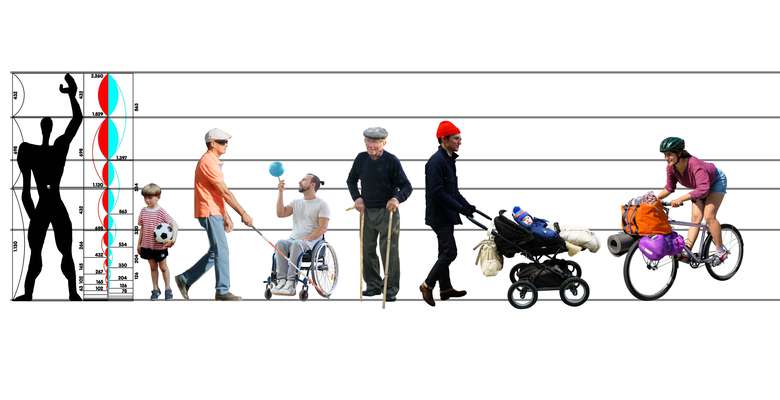
- Systemic changes
In modern society, it is customary to distinguish people with disabilities into a separate category. Often, this selection is negative. But people with limited mobility are not only disabled, they are elderly people (60 years and older); temporarily disabled (people on crutches); pregnant women; people with prams; preschool children; people with heavy luggage, trolleys. Today, only a hundredth of architectural projects are being implemented taking into account the real needs of citizens with such limitations. Violation of the law, construction is carried out incorrectly. Because of this, the environment becomes uncomfortable and “inaccessible” for people with limited mobility. The design reference point is the characteristics of people with disabilities.
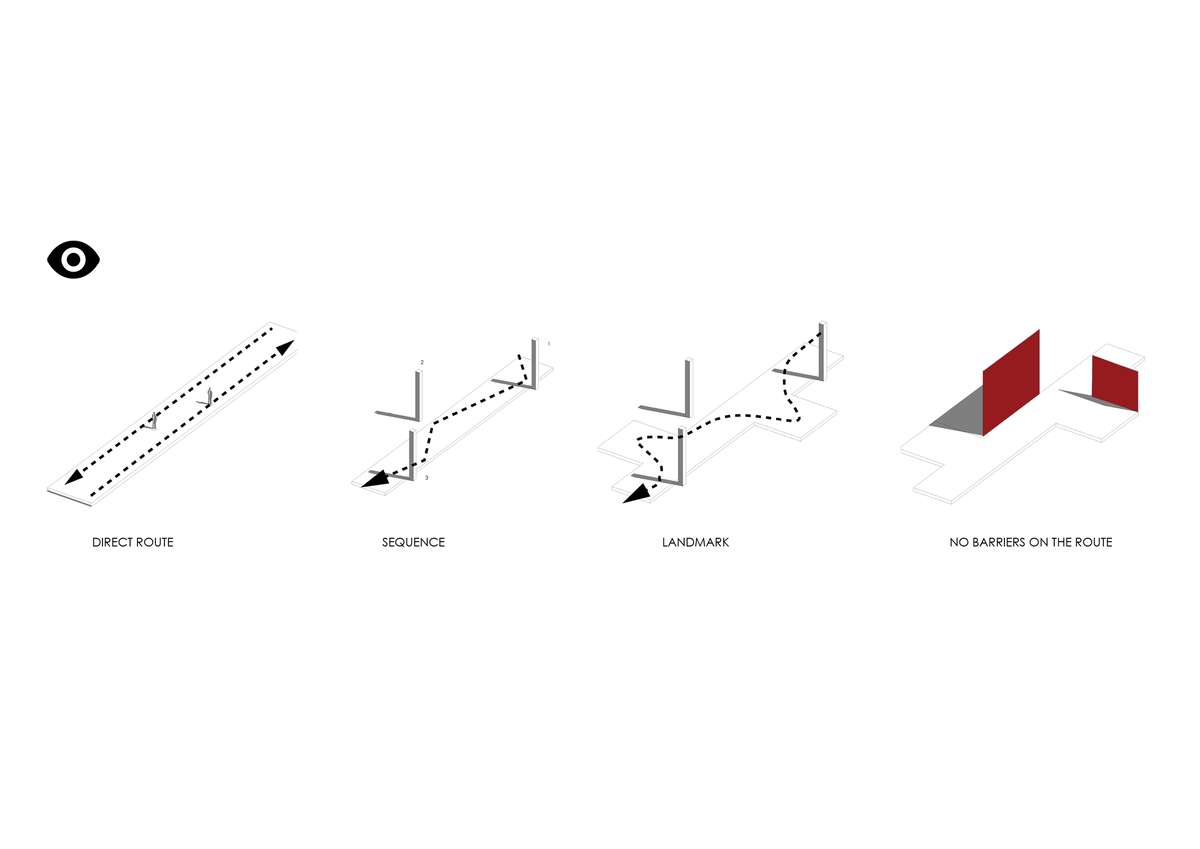
So, a single route, a sequential connection between objects on the route, and the binding of any landmark (tactile, color, light) to the destination object makes it much easier to navigate visually impaired in space.
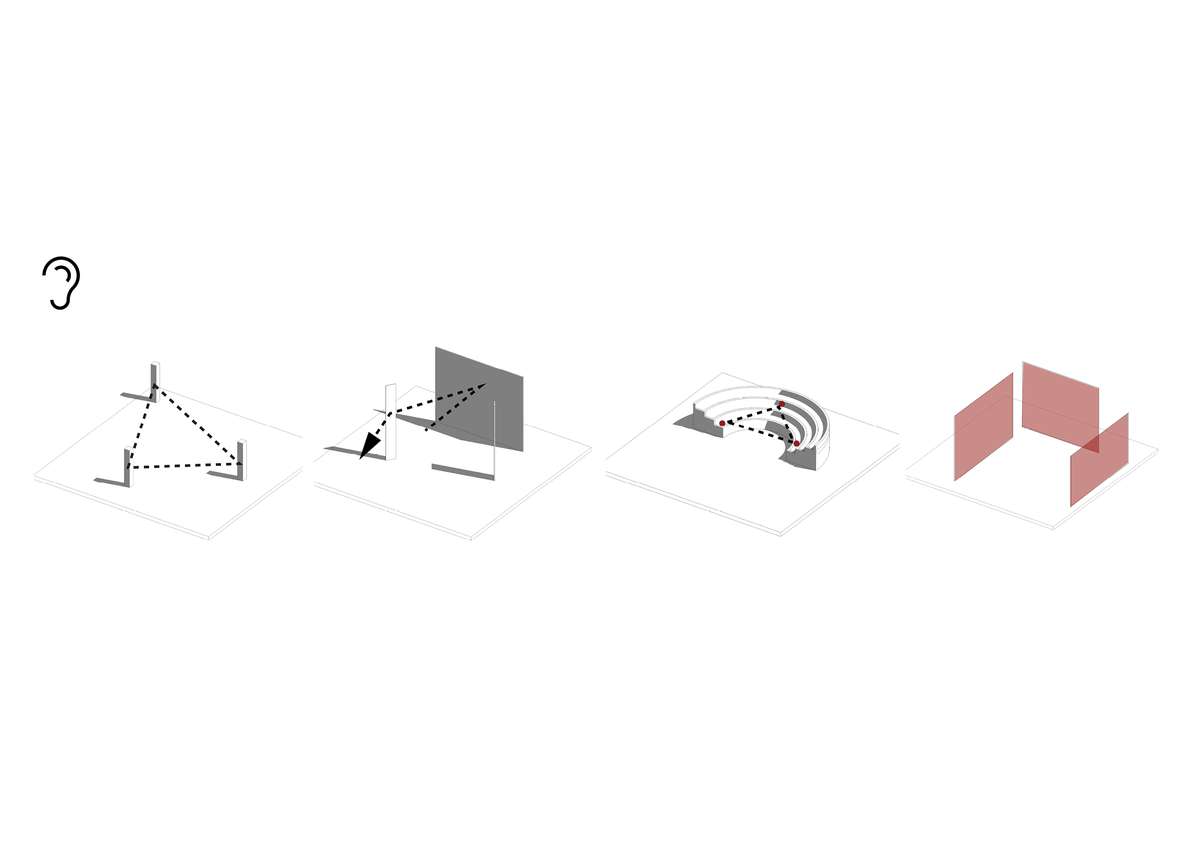
For the hearing impaired, mirror surfaces should be placed for viewing blind spots, all obstacles (doors, partitions, etc.) must be transparent. Environmental elements (the location of benches, amphitheaters, squares) are U-shaped. In the presence of a height difference on the site, it is necessary to ensure full viewability of all landscape elements.
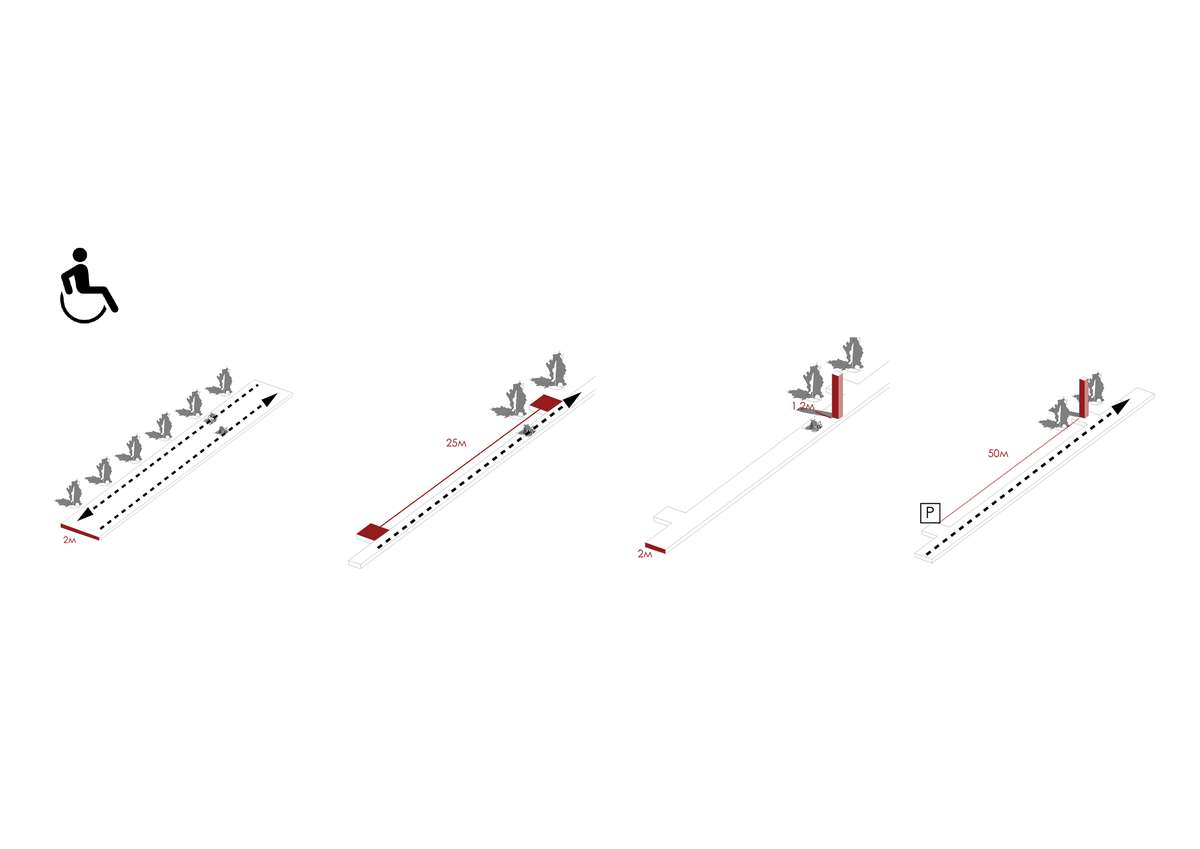
When designing a landscape environment for people using a wheelchair, it is necessary to provide the shortest connections between points of attraction, to place rest areas on the path of movement every 25 meters. The minimum width of the path (without obstacles) should be 2 meters for free movement of people in a wheelchair.
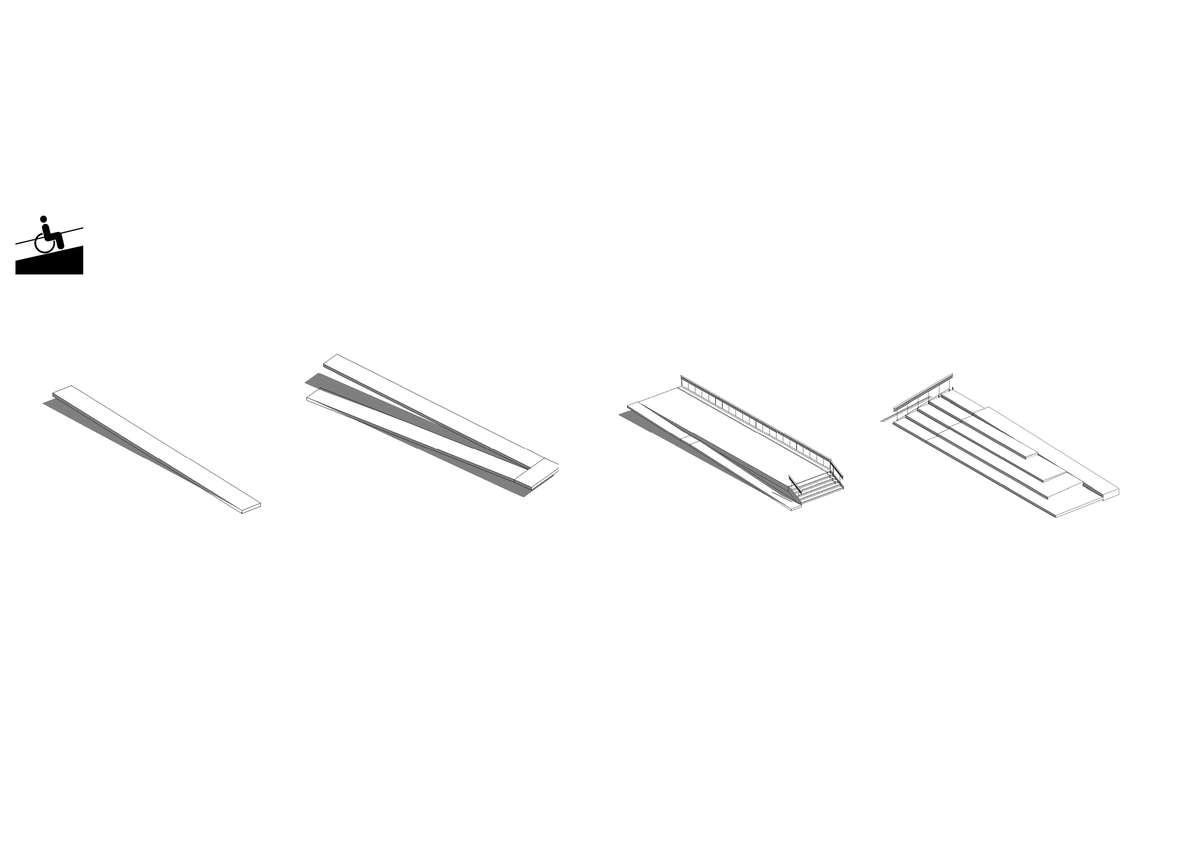
Ramps are an important element of the landscape environment. It provides wheelchair users access from one level to another. The ramp can be single one-march or two-march. Also, the ramp can be attached to the stairs or embedded in the design of the stairs. The slope of the outdoor ramp should be 1:20 or 5%, so that wheelchair users can use it.
UNIVERSAL DESIGN IN URBAN ENVIRONMENT
UNIVERSAL DESIGN IN URBAN ENVIRONMENT

- Systemic changes
In modern society, it is customary to distinguish people with disabilities into a separate category. Often, this selection is negative. But people with limited mobility are not only disabled, they are elderly people (60 years and older); temporarily disabled (people on crutches); pregnant women; people with prams; preschool children; people with heavy luggage, trolleys. Today, only a hundredth of architectural projects are being implemented taking into account the real needs of citizens with such limitations. Violation of the law, construction is carried out incorrectly. Because of this, the environment becomes uncomfortable and “inaccessible” for people with limited mobility. The design reference point is the characteristics of people with disabilities.

So, a single route, a sequential connection between objects on the route, and the binding of any landmark (tactile, color, light) to the destination object makes it much easier to navigate visually impaired in space.
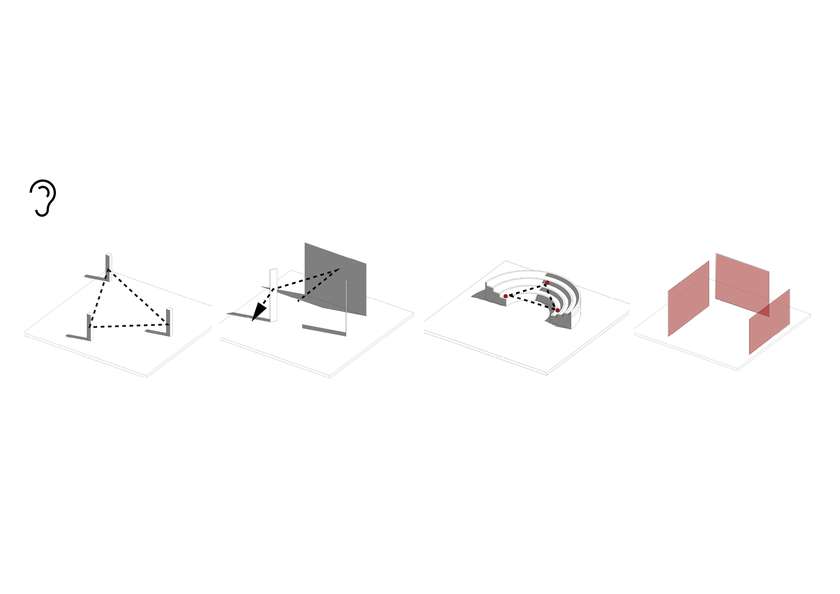
For the hearing impaired, mirror surfaces should be placed for viewing blind spots, all obstacles (doors, partitions, etc.) must be transparent. Environmental elements (the location of benches, amphitheaters, squares) are U-shaped. In the presence of a height difference on the site, it is necessary to ensure full viewability of all landscape elements.

When designing a landscape environment for people using a wheelchair, it is necessary to provide the shortest connections between points of attraction, to place rest areas on the path of movement every 25 meters. The minimum width of the path (without obstacles) should be 2 meters for free movement of people in a wheelchair.
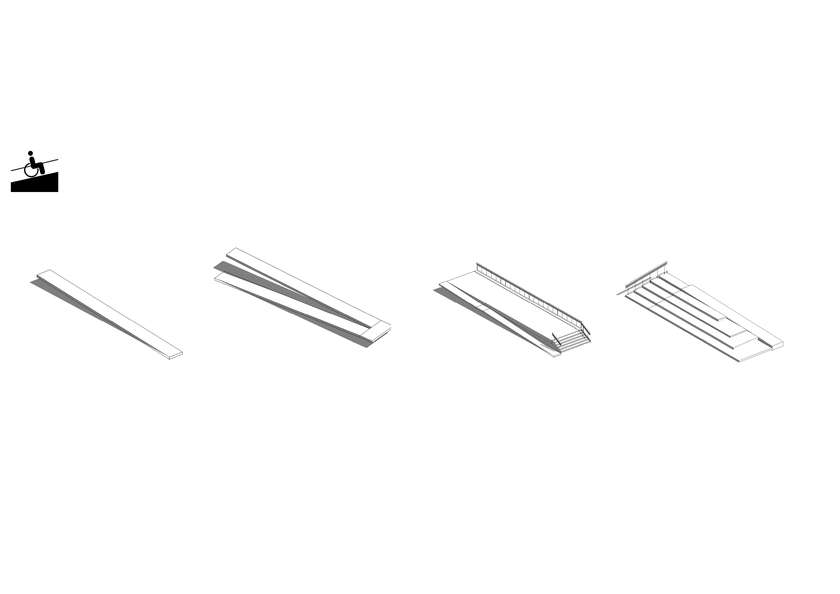
Ramps are an important element of the landscape environment. It provides wheelchair users access from one level to another. The ramp can be single one-march or two-march. Also, the ramp can be attached to the stairs or embedded in the design of the stairs. The slope of the outdoor ramp should be 1:20 or 5%, so that wheelchair users can use it.